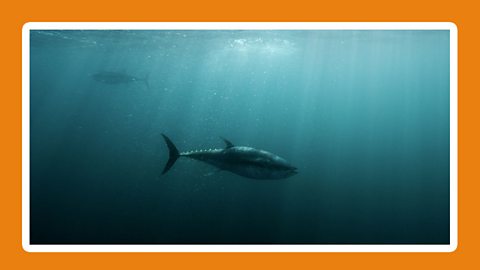
Introduction
The beaches in Wales are full of life. A variety of different sea creatures can be found all along the shoreline. When it comes to rock pools, first appearances can certainly be deceptive.
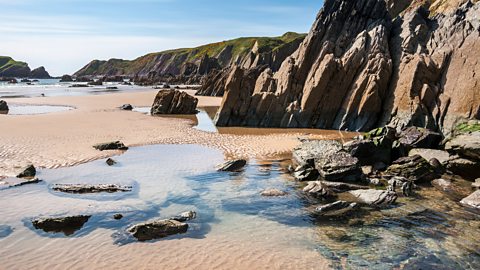
They may look like quiet places but they are actually bursting with life. They are the perfect habitat, or home, for lots of different animals.
Let’s take a closer look
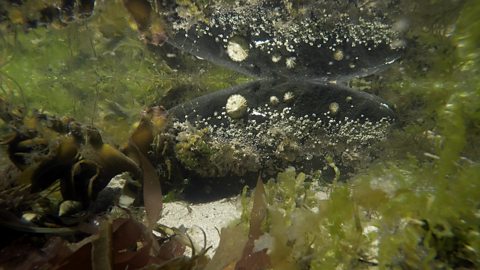
Find out more about the animals that call this pool home.
Spiny starfish

This spiny starfish is the rock pool’s top predator. This means that it sits at the top of the food chain. No other animals in the pool hunt it for food. It eats the mussels, clams and other types of shellfish that live in rock pools. It uses its strong sense of smell to track them down.
Did you know?
- Spiny starfish have lived here on Earth for 450 million years. That means that they were here before the dinosaurs.
- Beneath the spiny starfish’s five arms are a hundred feet. Each foot has its own powerful sucker to force open the shellfish. The starfish then stretches its stomach out of its mouth to cover its prey.
Common blenny fish
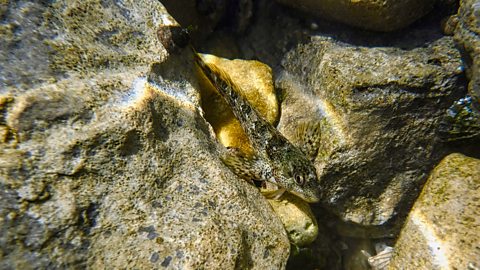
The common blenny fish can often be spotted in rock pools and shallow water. They can be quite hard to spot as they often hide under stones or seaweed. Common blenny also have mottled skin, so they are perfectly camouflaged.
Did you know?
- This amazing fish has a super-power. It can survive even when the rock pool dries out. Most fish need water to survive, but as long as the common blenny fish stays moist, or damp, it can breathe through its skin.
- Be careful - these fish can bite.
Common prawn
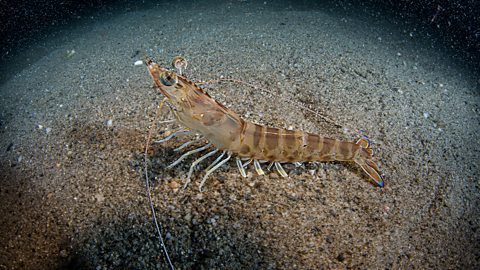
As its name suggests the common prawn can be found in most rock pools and in shallow water around Wales. However, their ability to dart about quickly means that they can be pretty tricky to spot.
The common prawn will eat almost anything it can find in the pool, from shellfish to decaying seaweed.
Did you know?
- Common prawns often work as a team to hunt their prey.
- Common prawns carry their eggs around their legs, often carrying as many as 4,000.
Rock pools are a constantly changing habitat
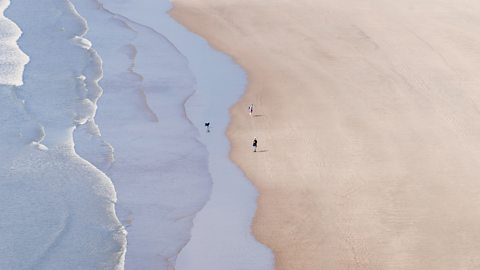
As the Moon moves around the Earth it causes the sea to rise and fall. This happens twice every day. We call this movement the tides. It is this movement which causes the sea to move up and down the beach.
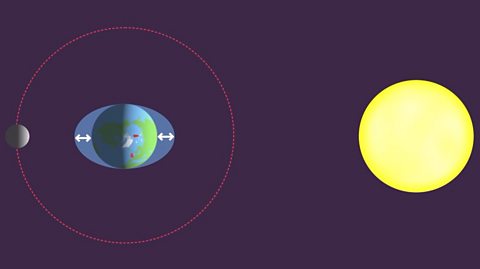
The changing tides mean that rock pools are constantly changing and evolving. As the tide goes out, the rock pools dry out. As the tide comes in, they fill with sea water. This creates a world that is changing all the time.
Video: Rockpools are full of life and drama
Learn about the different types of animals that occupy the rock pools on the beaches in Wales.
Quiz: Which animals live in rock pools?
Activity
Can you investigate and find out more about tides? You can use a timetable of your choice or here’s a link to an online tide timetable.
Look at the timetable carefully and create a report. Here are some points to consider.
- Can you see a pattern?
- Can you predict when high tide or low tide will be?
- How long is there between high tide and low tide?
- Does the pattern change?
- When would be the best time to visit your local beach to look at the rock pools?

Where next?
What happens when plastics get into the ocean?
Find out what impact plastic waste has on wildlife in the sea.
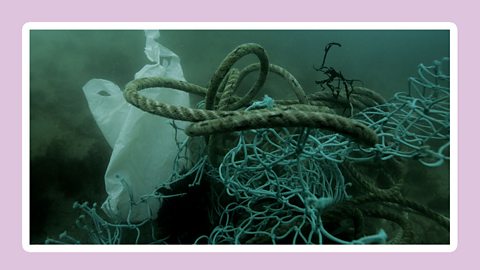
Can lobster fishing be sustainable?
How has fishing changed in Wales and how does this affect the food chain?
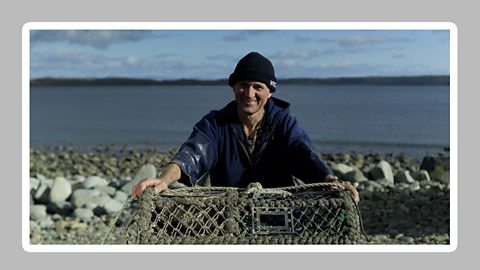
KS2 Sustainability
A collection of lessons for pupils aged 7 to 11

More on Wildlife
Find out more by working through a topic
- count1 of 5
